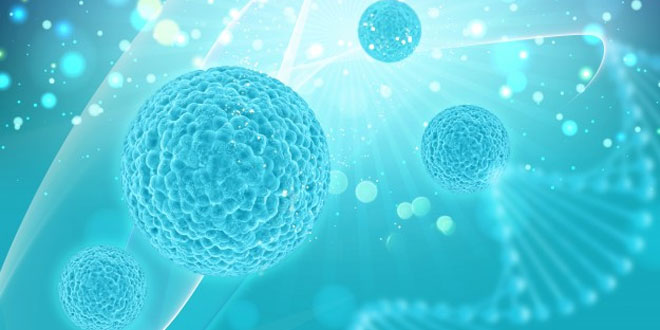Question: Why are the mitochondria known as the power house of the cell?
Answer: They are rod shaped and very minute. They are concerned with the release of energy from food during respiration. Because of this, they are often referred to as the power house of the cell.
Question: What are the cell organelles? What are their functions?
Answer: Cell organelles are small active living structures found in the cytoplasm of cell. Each organelles has different structure and performs different function for cell. They are endoplasmic reticulum, Plastides, Mitochondria, Ribosomes, Golgi bodies, Centrosomes, Lysosomes, Vacuoles.
Question: Name four elements which form major part of protoplasm?
Answer: Ninety-nine percent of protoplasm by its weight is made up of four elements, namely – Carbon, Hydrogen, Nitrogen and oxygen. It also contains other elements and compounds such as H2O, Carbohydrates, fats, proteins and mineral acids. Both elements and compounds in unique combination provide living nature to the protoplasm.
Question: Why cells could not be observed before 17th century?
Answer: The main reason was that the size of the majority of the cells are too small to be invisible to the unaided eye and at that time microscope was not discovered. So, the cell could not be observed before 17th century.
Question: Why Hooke had to take thin slices of cork?
Answer: The cork was solid and the details of cork could not be seen in solid state. So he made thin slices to see the details of the cork. He saw space in cork slice which appeared like honey comb, called these compartments as cells.
Question: What do you know about cell shape?
Answer: Cells are of diverse shapes. Some cells are like Amoeba and white cells of our blood. They continuously change their shape. Most cells, however, maintain a constant shape all through their existence.
Question: Write a short note on cell numbers.
Answer: Cells are of two types depending upon their number. Some cells exist single in number. The organism consisting of a single cell are called unicellular organisms. The organisms which consist of two or more than two cells are called multi-cellular organisms. Human body consists of more than a trillion of cells. Amoeba, Paramecium etc. are unicellular organisms.
 Class Notes NCERT Solutions for CBSE Students
Class Notes NCERT Solutions for CBSE Students


